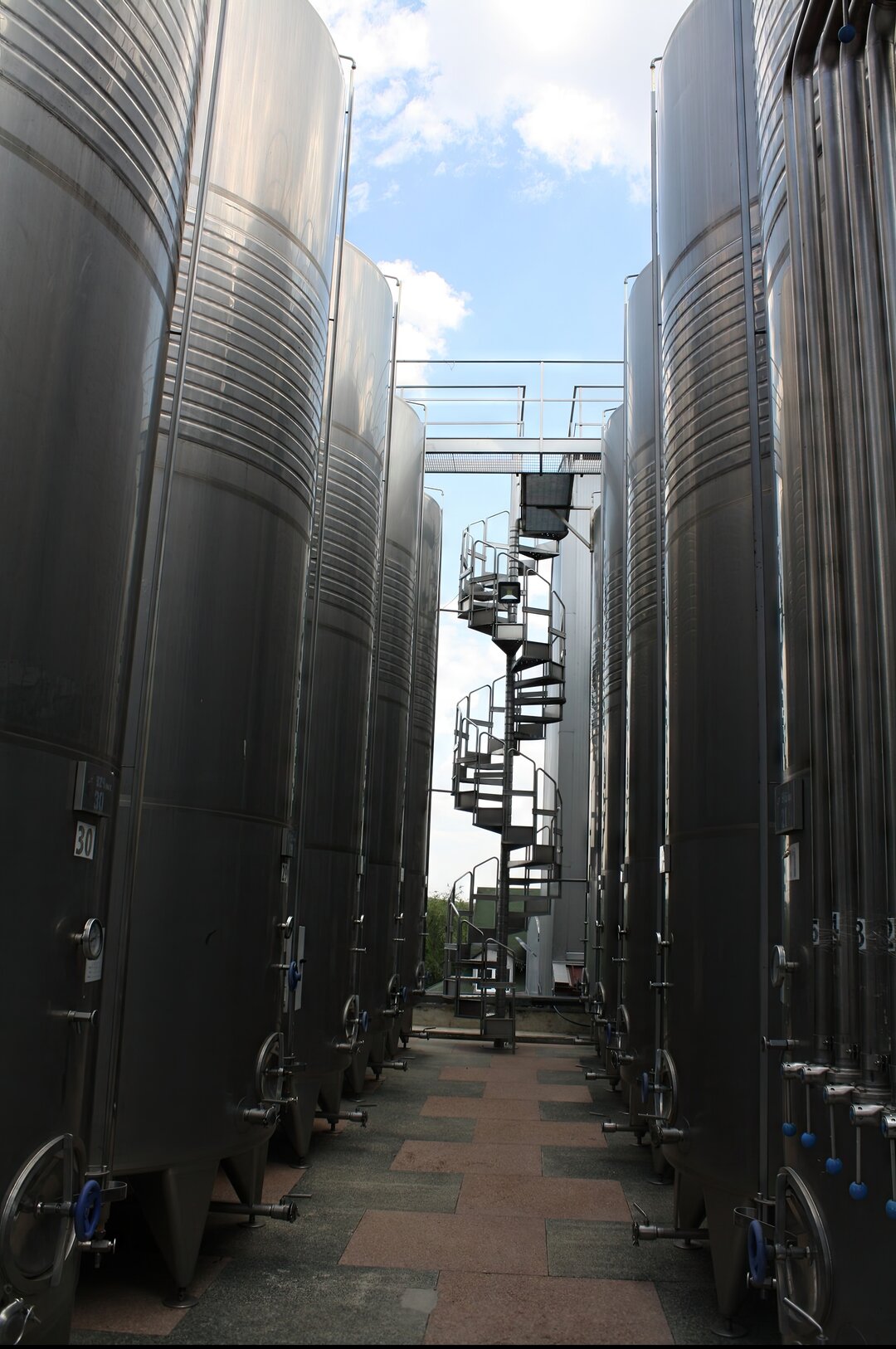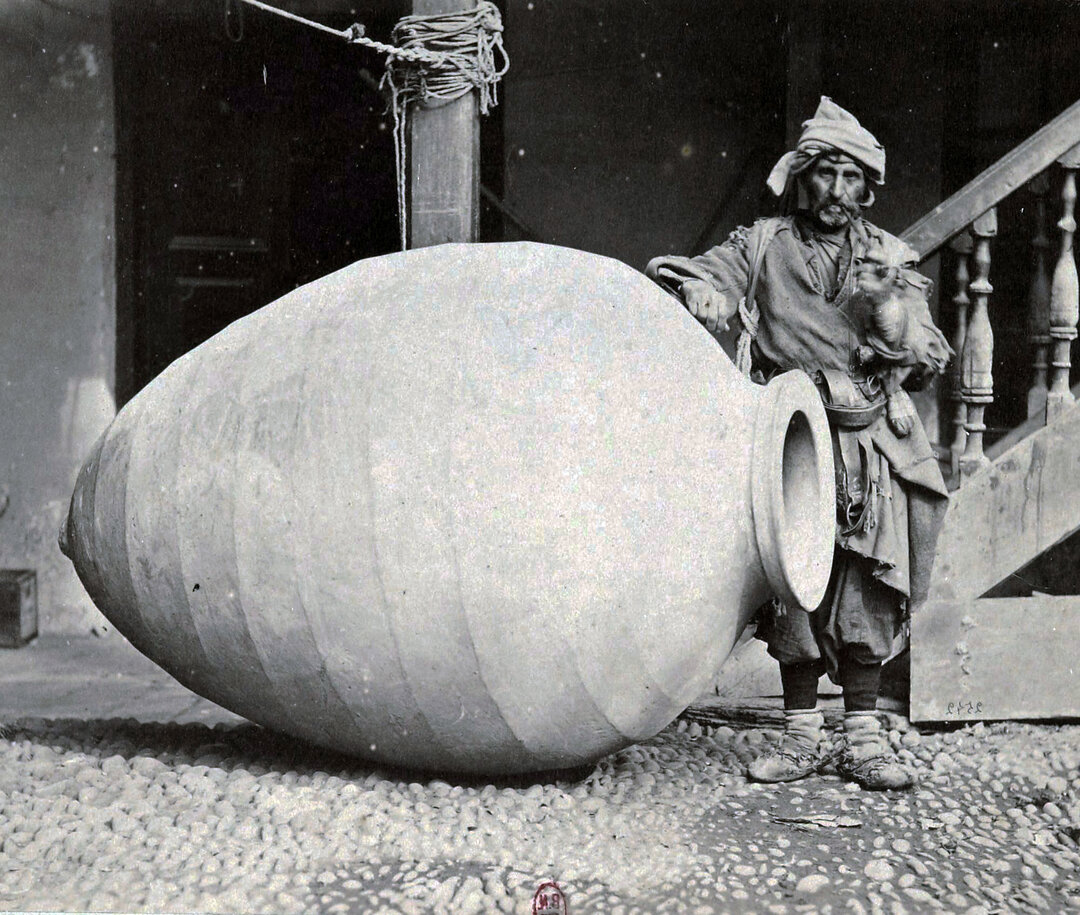
Portuguese terroir
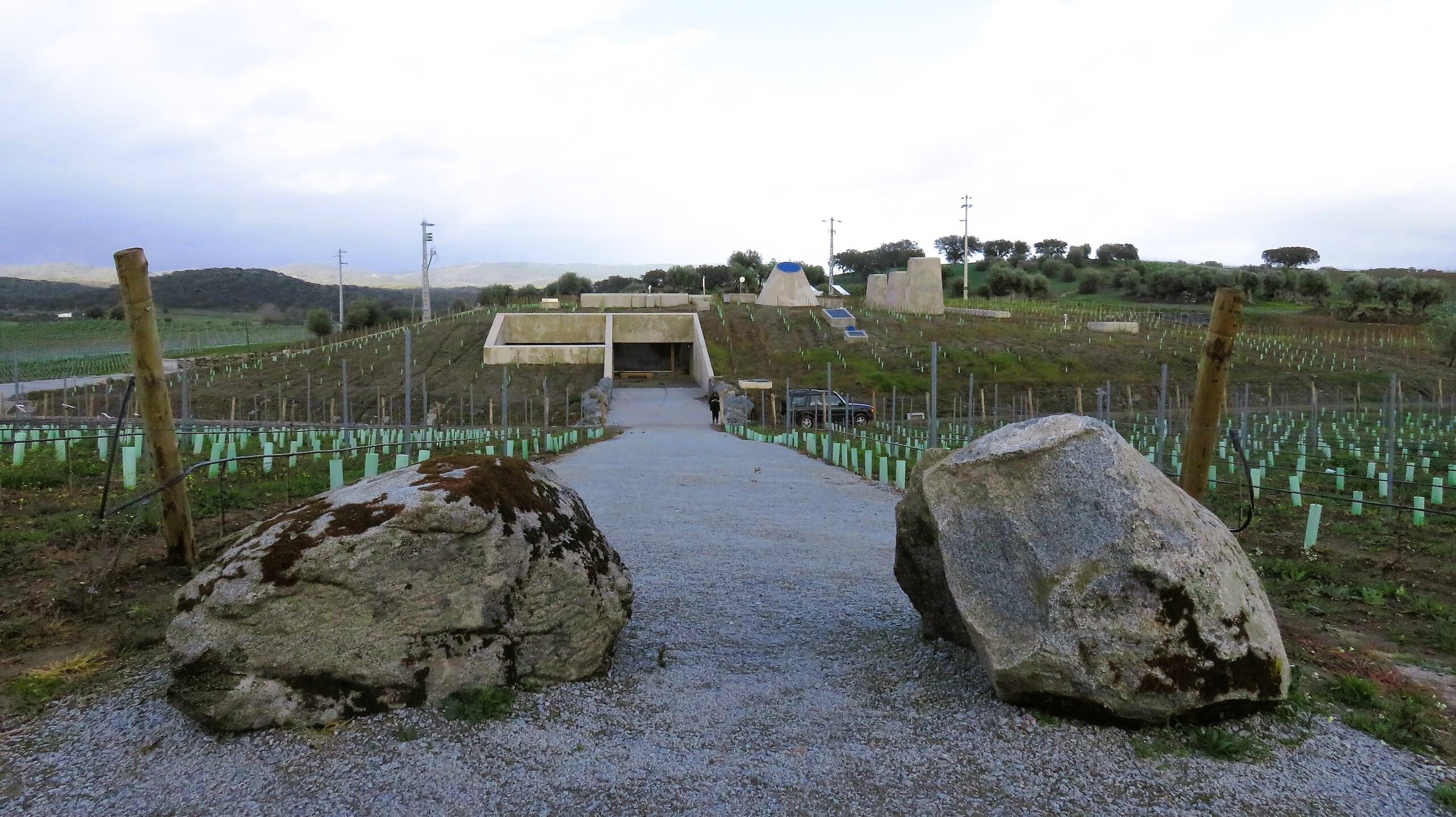
© @gelusavovea

In search of wine's beginnings
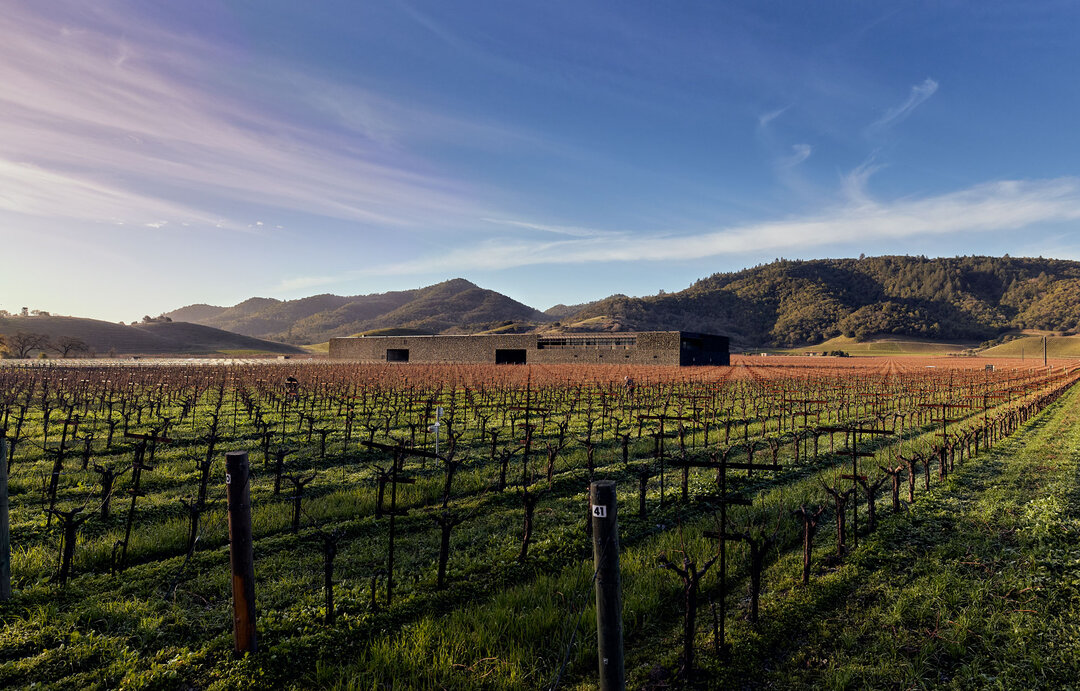
Terroir: About the taste of the earth at work
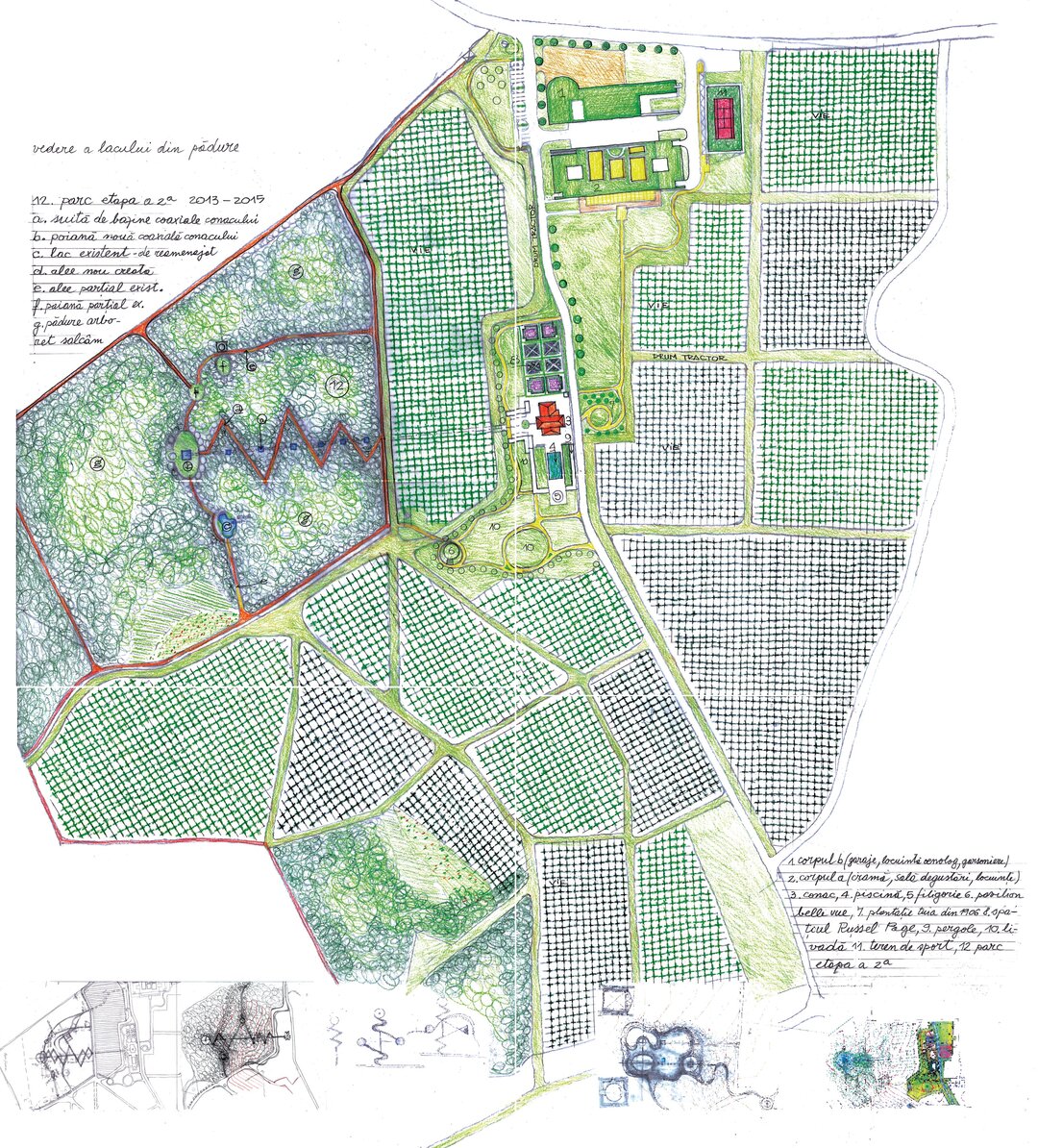
Avincis
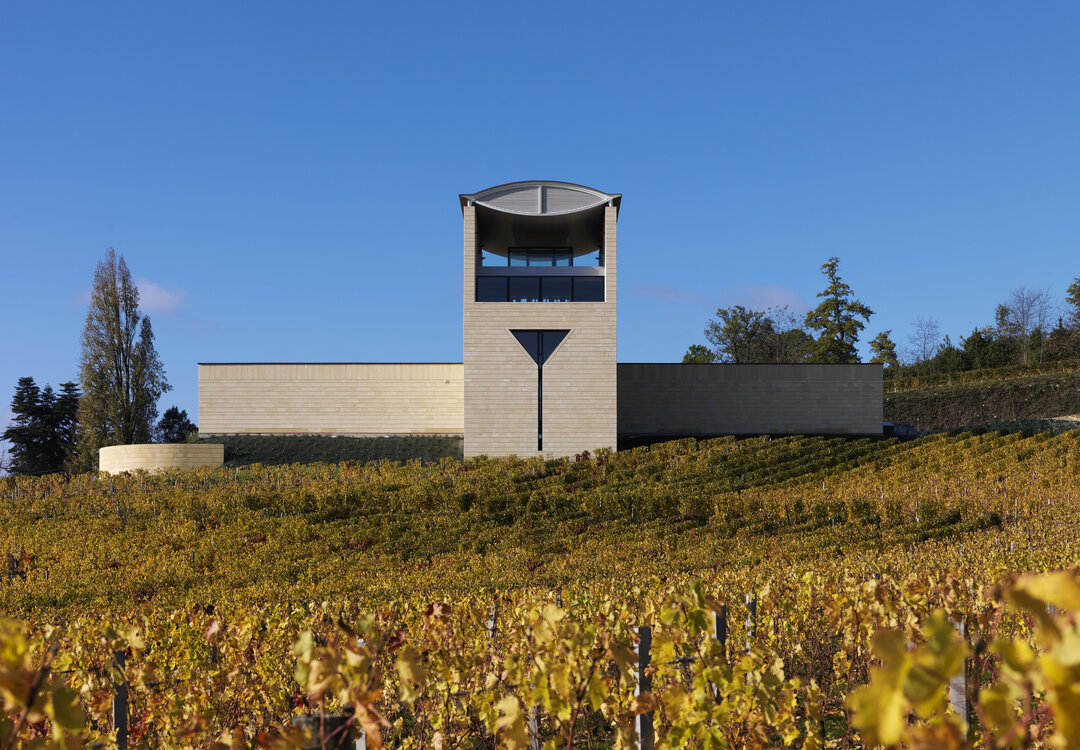
Winery architecture
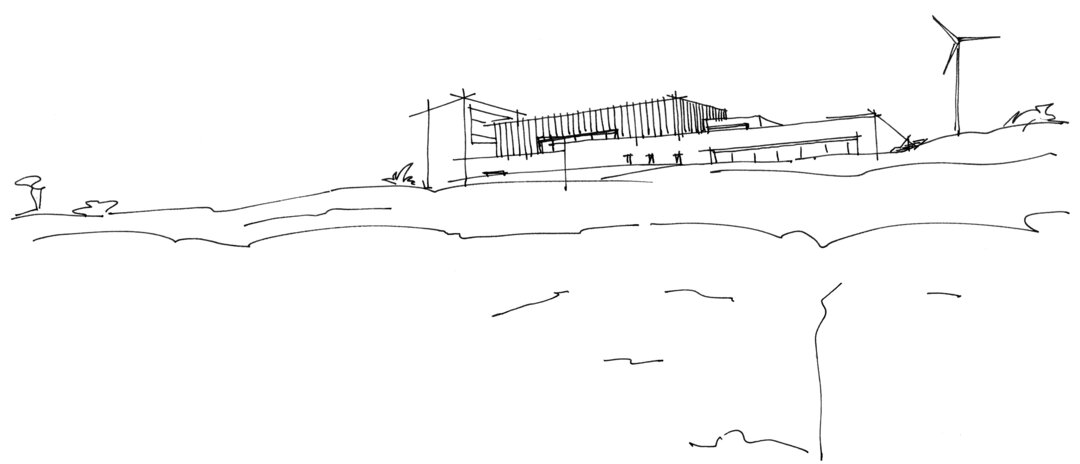
Rasova. A Dobrogean wine cellar

This is where the Segarcea Crown Domains stood

Bud of vine, Isărescu House
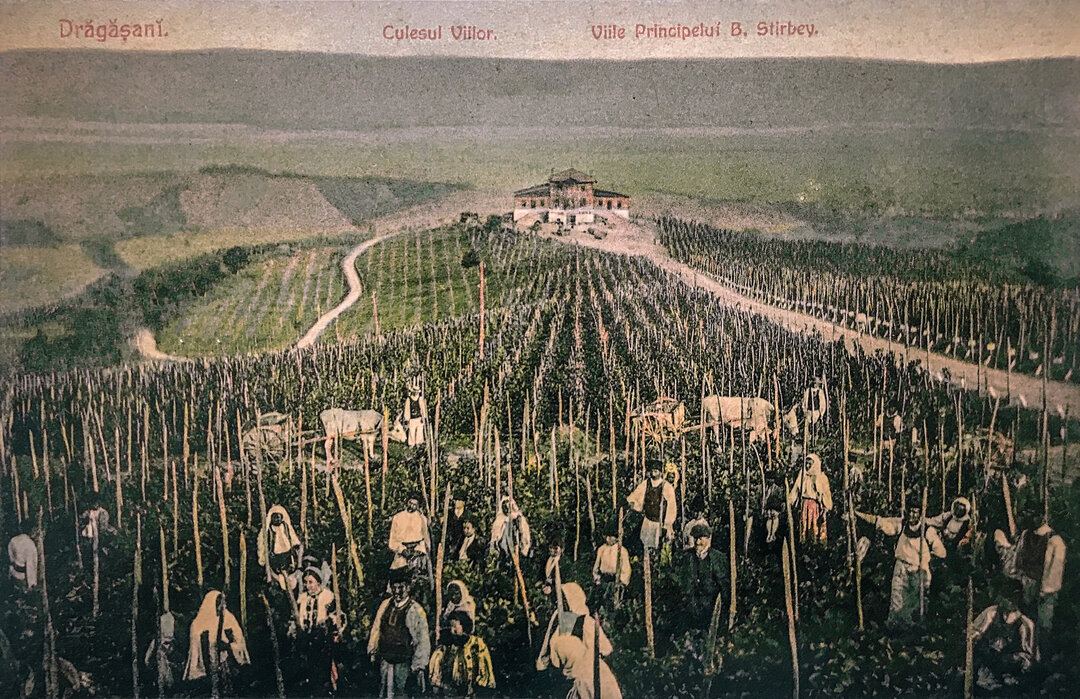
A postcard, Domeniul Stirbey

In a tavern in Obor. A little treatise on cinebriety
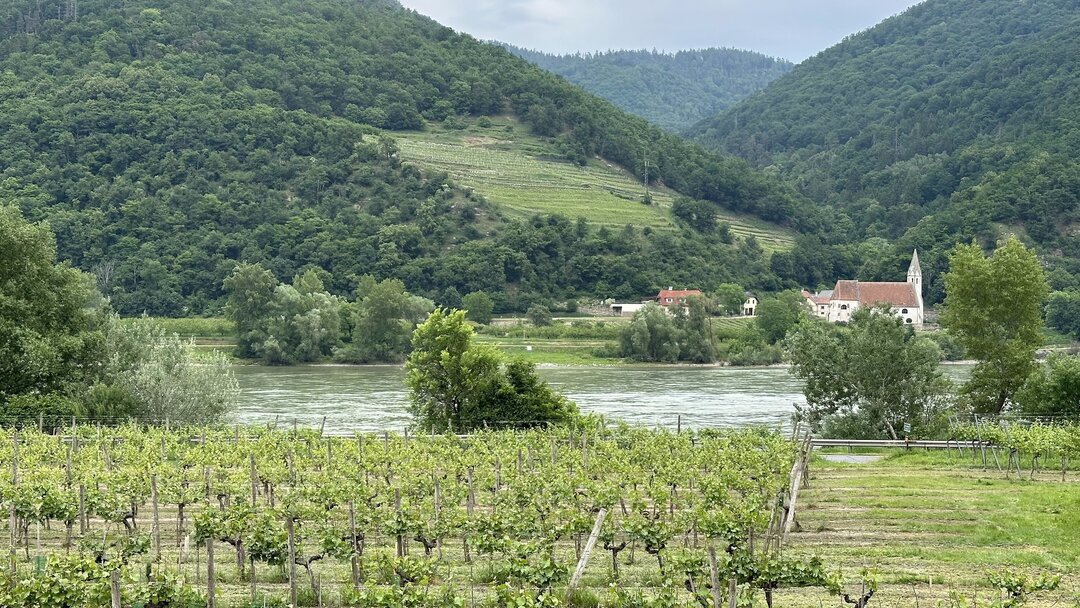
3 reflections on the vineyard landscape
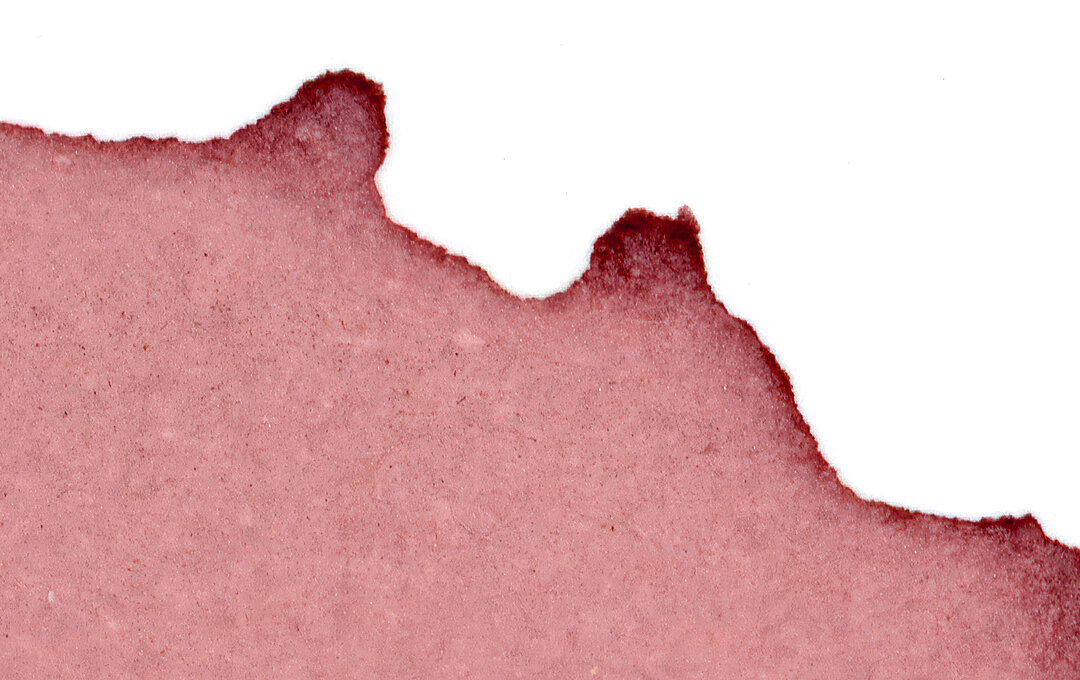
Wine is us

Pointer
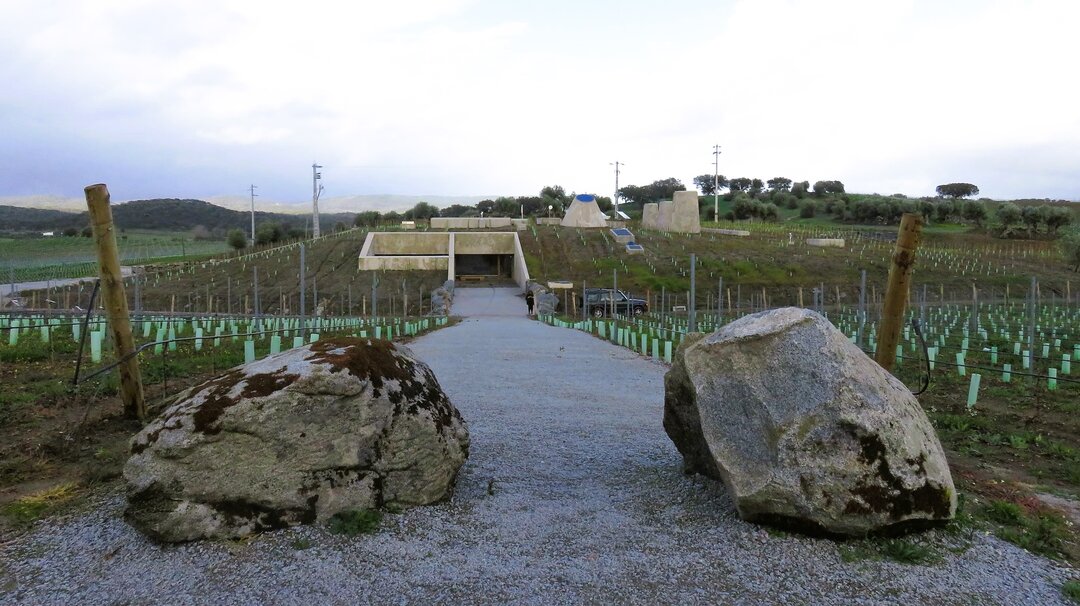
Portuguese terroir

Freixo do Meio Winery, Alentejo - Portugal

Famous consumers

Et in Arcadia ego
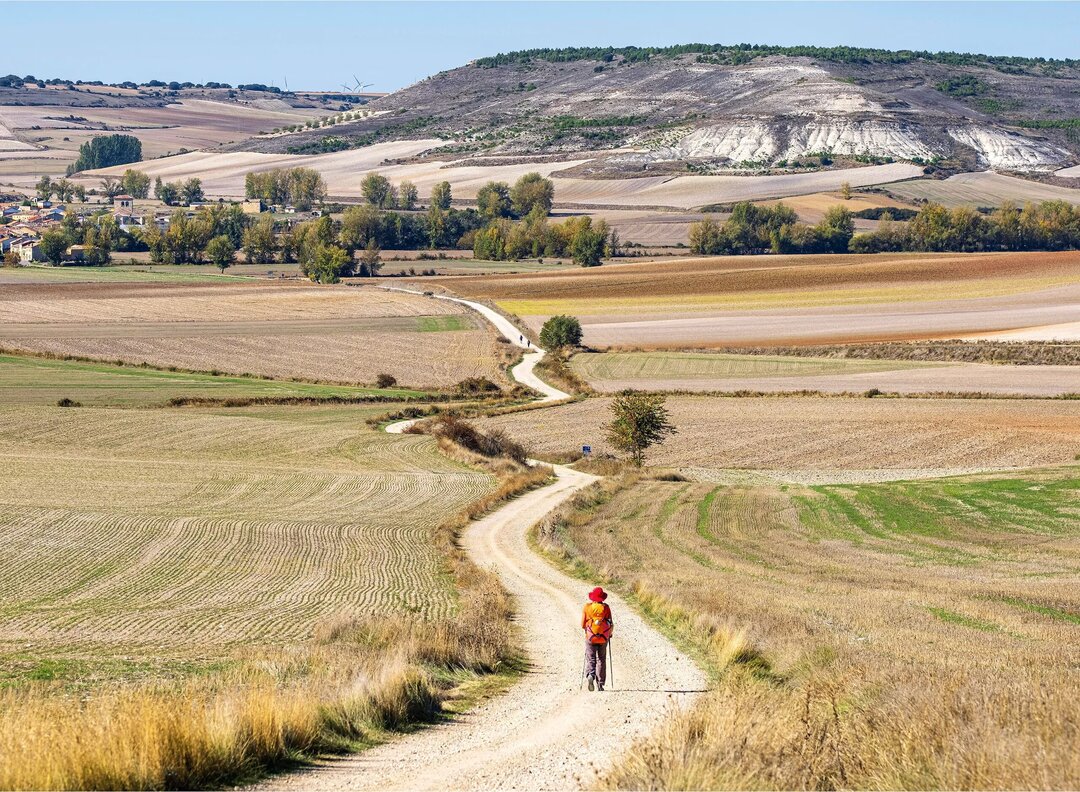
El Camino, my Angel path
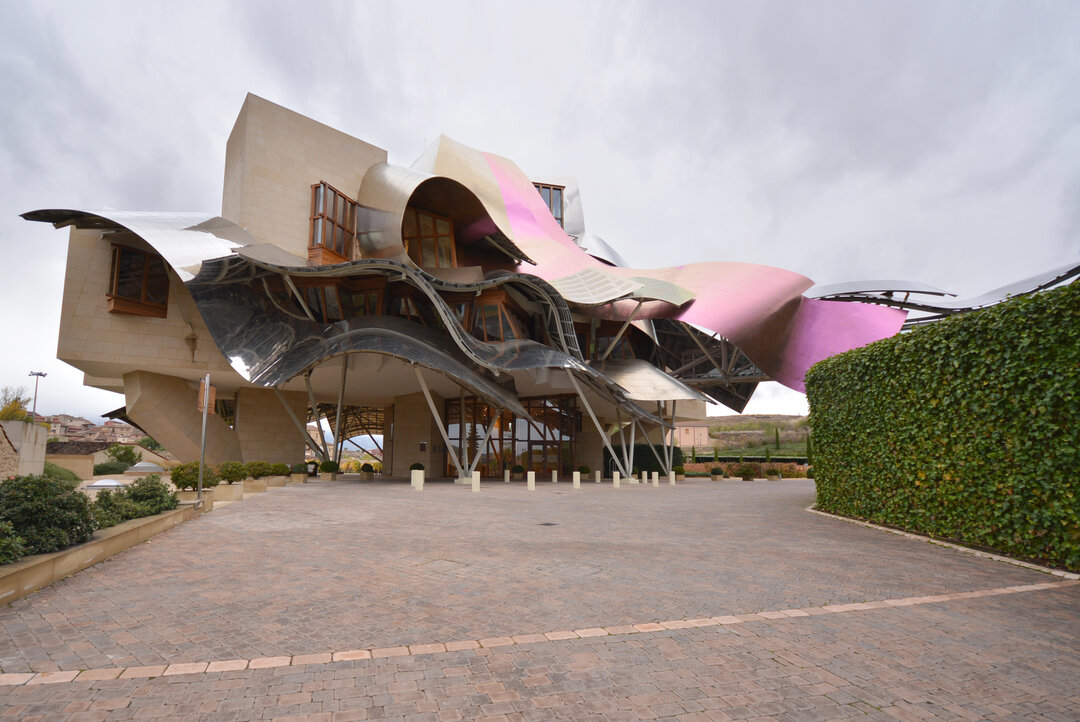
Wine tourism and architecture in Spain スペインのエノツーリズムと建築
Amphora architecture

The symphony of history, architecture and art
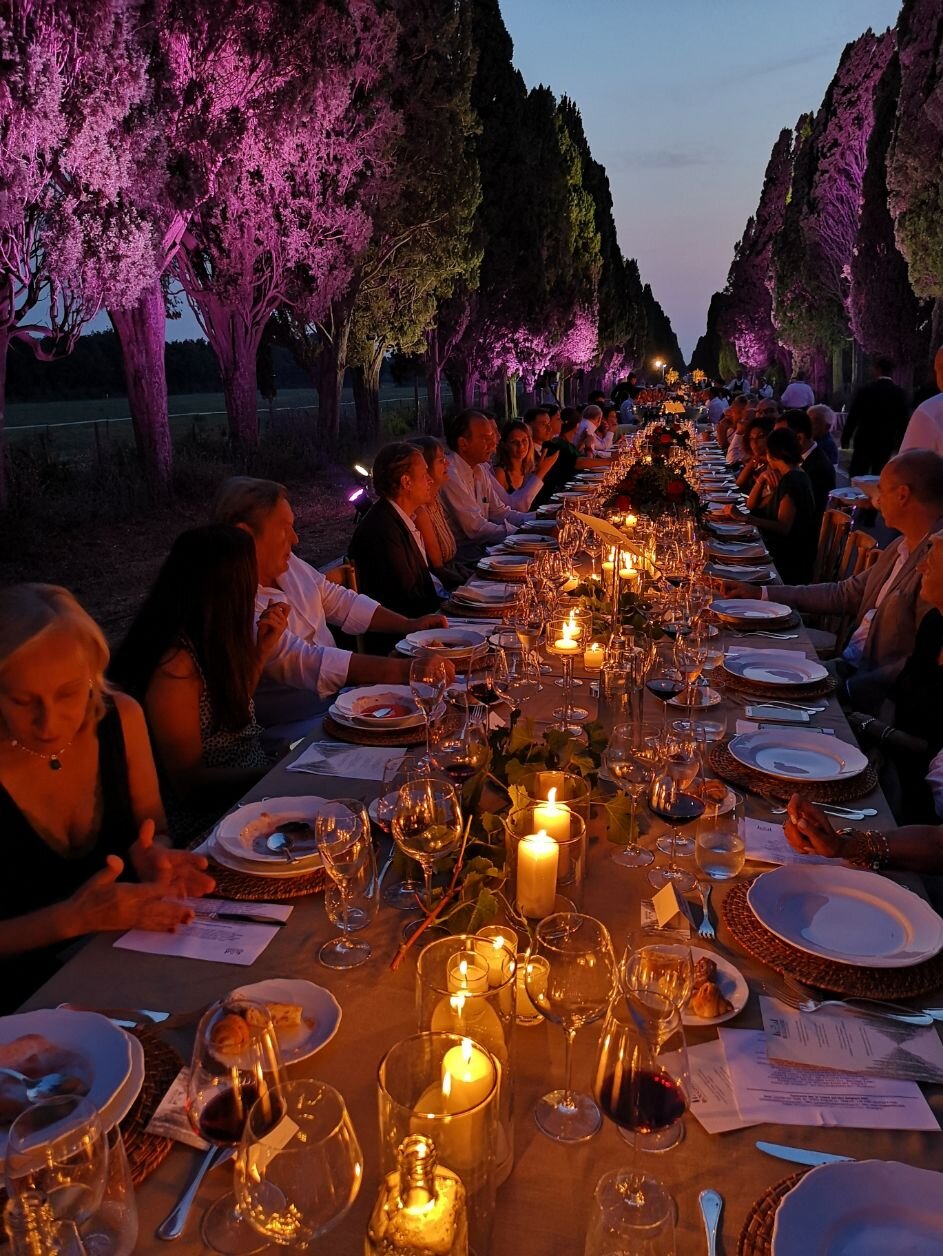
The architecture of relationships between wineries and consumers
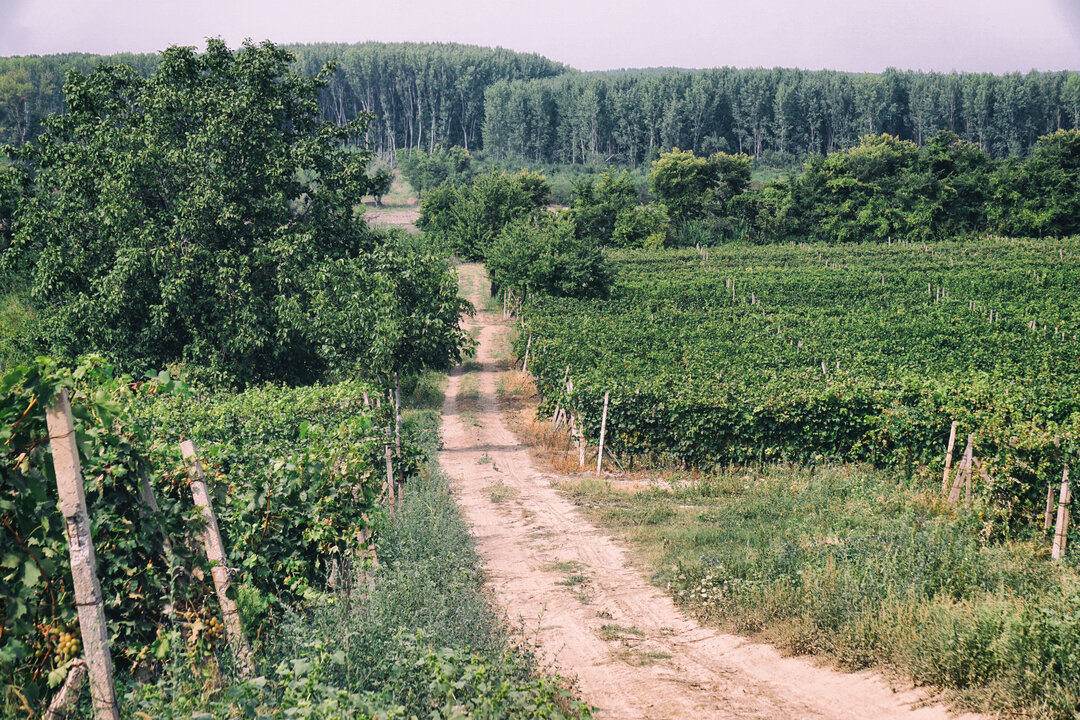
Romania by the glass: wines, wine cellars and tastings

Wine heritage. Cellars, cellars, monuments
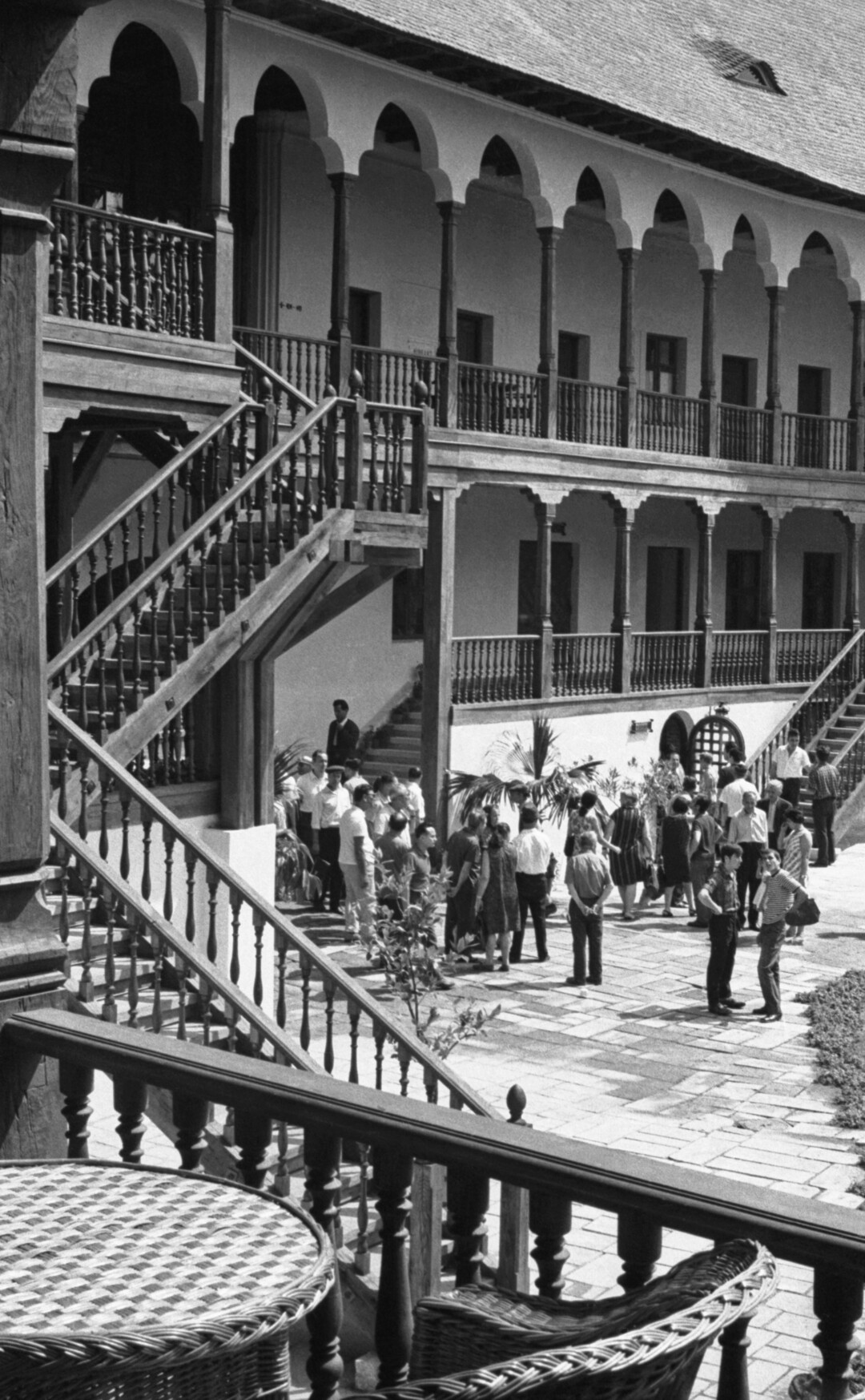
A story, an inn, a winery

Aires Mateus Office

Between "tradition" and interwar modernity

